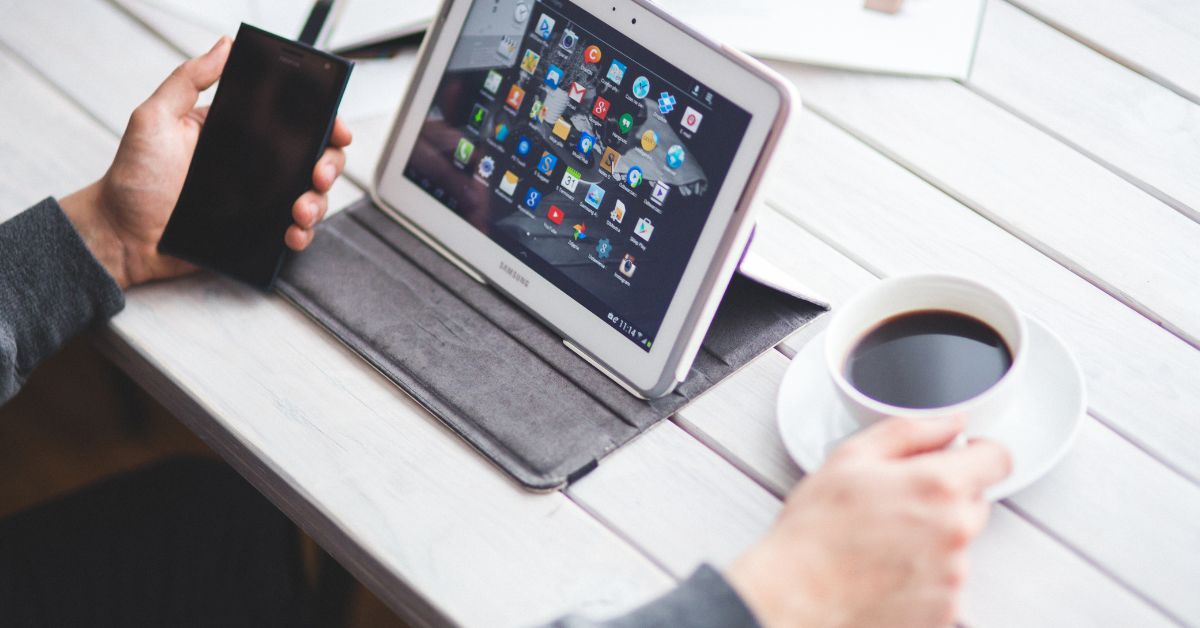
Digital Detox: Why Unplugging Is a Wise Choice
Outline:
- The Age of Constant Connection
- When Presence Becomes Performance
- The Science of Overstimulation
- What We Lose When We Never Log Off
- Reclaiming Space: The Power of Unplugging
- Disconnect to Reconnect
- FAQs
The Age of Constant Connection
We live in an age of unprecedented connectivity. At any moment, we can reach across oceans, summon information, share a thought, or be summoned by others. This digital landscape promises freedom—and often delivers convenience. But hidden beneath the glow of our screens is a cost we rarely calculate: our attention, our rest, our sense of self.
The average person taps, swipes, or clicks their phone over 2,000 times a day. We scroll not because we’re curious—but because we’re conditioned. We check, not because we need to—but because we can.
Digital tools were meant to serve us. Increasingly, they consume us. And the wisdom we need now is not how to optimize our tech—but how to step away from it.
When Presence Becomes Performance
Social media has transformed how we present ourselves. Moments once lived are now curated. A meal becomes content. A sunrise becomes a post. A quiet emotion becomes a caption, refined for reaction.
This performance of presence drains something essential from the experience itself. When the camera is always watching—whether literally or psychologically—we shift from being to appearing. We begin to ask, “How does this look?” before we ask, “How does this feel?”
Unplugging gives us the rare chance to return to our unfiltered selves—to live for the moment, not the audience.
The Science of Overstimulation
Psychologists have a term for the effects of nonstop input: cognitive overload. When the brain is overwhelmed with stimuli, its ability to focus, retain memory, and process emotions degrades. We become reactive, restless, and fatigued—not just physically, but emotionally.
Research has linked excessive screen time to heightened anxiety, sleep disruption, and a diminished capacity for sustained attention. Dopamine, the brain’s reward chemical, fires in rapid bursts with each like, notification, or update. Over time, this rewires our neural pathways for short-term stimulation—at the expense of long-term satisfaction.
In short, the brain begins to crave the next thing, not the real thing.
Stillness becomes uncomfortable. Silence feels unfamiliar. But in truth, these are not problems—they are invitations. To feel what’s beneath the noise. To return to a deeper rhythm.
What We Lose When We Never Log Off
When we are always “on,” we lose more than time. We lose intimacy—with ourselves, with others, with the world.
- Creativity suffers when the mind is always preoccupied. The quiet boredom where ideas are born is quickly filled with content.
- Relationships weaken when devices interrupt eye contact, conversations, or presence. Listening becomes shallow. Attention drifts.
- Self-awareness fades when we never allow ourselves to be alone with our thoughts.
There is a kind of wisdom that only emerges in quiet. A clarity that only arrives when the world is not watching. If we never unplug, we never make space for it to enter.
Reclaiming Space: The Power of Unplugging
Digital detox is not rejection—it is recalibration. It is choosing to reset your nervous system, your focus, and your sense of agency.
You don’t have to disappear into the woods (though you can). You can begin right where you are:
- Designate tech-free zones. Meals, bedrooms, morning routines. Protect these spaces as sacred.
- Schedule screen breaks. Set intentional hours where the phone is off, not just muted.
- Replace scrolling with stillness. A walk. A page in a book. A window view. Let your attention settle.
- Be unreachable. Not always—but occasionally. Let yourself disappear, if only for an hour. Trust that the world will wait.
Unplugging isn’t about going backwards—it’s about going inward. It’s a choice to let your attention belong to you again.
Disconnect to Reconnect
In a world that rewards speed, stimulation, and performance, choosing to unplug is an act of resistance—and remembrance.
It is resistance against the idea that we must always be available, always producing, always responding.
And it is remembrance of something quieter and older: the breath, the body, the now.
Digital detox is not about abandoning the tools we’ve built. It’s about refusing to be ruled by them. It’s about asking, again and again: Am I living this moment, or just documenting it?
Am I responding, or reacting?
Am I present, or just connected?
The wise choice is not to escape technology, but to use it from a place of awareness.
And sometimes, the wisest thing you can do… is to put the phone down.
FAQs
How often should I do a digital detox?
Even short daily breaks can help, but a full digital detox once a week—or a weekend each month—can create powerful mental reset moments.
What if I need my phone for work or emergencies?
You don’t need to abandon your phone entirely. Try partial detoxes: no social media, no notifications after certain hours, or dedicated “offline” times that allow you to be more intentional.
Is digital detox just a trend or is it backed by science?
It’s well supported by neuroscience and mental health research. Periodic breaks from digital input improve focus, emotional well-being, creativity, and even interpersonal connection.


